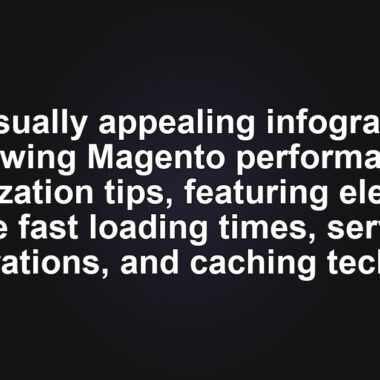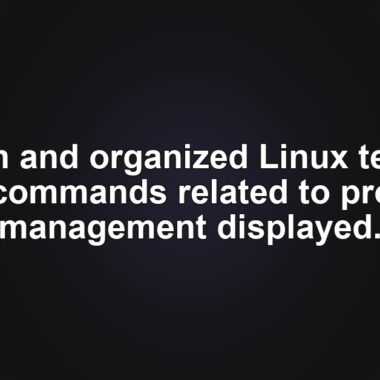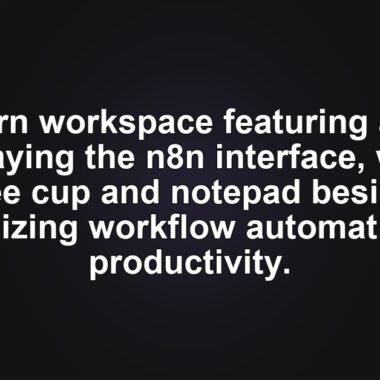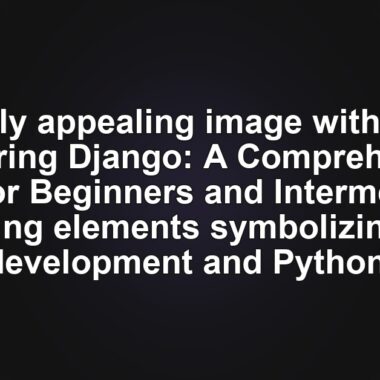Mastering Moodle™: Your Guide to Easy Installation
Moodle™ is a powerful learning management system that can transform your educational experience. Let’s dive into the different ways to install Moodle™.
Introduction to Moodle™
Moodle™ is one of the most popular learning management systems (LMS), with over 272 million users worldwide. It provides a personalized online learning experience and relevant services, all integrated into a single system for its users – mostly school administrators, educators, and students. There are multiple ways to install Moodle™ on a web server, and in this guide, we’ll explore four different approaches: automatically, on a VPS, manually, and locally. Depending on your technical expertise, these methods to install Moodle™ can suit both IT professionals and beginners. Let’s get started!
How to Install Moodle™ Automatically
For those who prefer a straightforward approach, automatic installation is the way to go. With Hostinger, installing Moodle™ is a breeze using the intuitive one-click installer on hPanel.
Steps for Automatic Installation
- Log in to hPanel.
- Click on Hosting in the navigation bar, find your domain name, and click the Manage button.
- Scroll down to the Website section and click on Auto Installer.
- Select Moodle™ LMS from the drop-down menu.
- Fill in the required fields and click Install.
Once the installation process is complete, Moodle™ will appear under the List of Installed Applications. To visit your Moodle™ site, simply click on the URL provided and log in using your admin username and password.
How to Install Moodle™ on a VPS
If you’re looking for enhanced performance, security, and customization, installing Moodle™ on a VPS is a great option. Hostinger’s VPS hosting plans include an Ubuntu 24.04 64bit with Moodle™ operating system template, making the installation process seamless.
Steps for VPS Installation
- Log in to your Hostinger account and navigate to the VPS section.
- Select the server for the Moodle™ installation.
- In the OS & Panel section, choose the Ubuntu 24.04 64bit with Moodle™ template.
- Apply the template and wait for the installation to complete.
Once done, you will have the login details to access Moodle™ and start configuring your LMS.
How to Install Moodle™ Manually
For those who wish to dive deeper into the installation process, manually installing Moodle™ is an option. This method requires a bit more technical knowledge but offers greater control over the setup.
Preparation for Manual Installation
- Download the latest Moodle™ package from its official website.
- Upload the file to your website using the File Manager or an FTP client.
- Create a MySQL database for your Moodle™ site.
Steps for Manual Installation
- Access the URL of the Moodle™ files on your domain.
- Select a language and configure the web and data directories.
- Enter your MySQL database information.
- Complete the setup by filling in the administrator details and front page information.
This method allows you to fine-tune the installation settings to suit your specific needs.
How to Install Moodle™ on Localhost
If you want to test Moodle™ before deploying it on a live server, installing it on localhost is a great way to explore its features.
Requirements for Local Installation
- Download the Moodle™ package and a software stack like XAMPP.
- Ensure compatibility between Moodle™ and the PHP version in XAMPP.
Steps for Local Installation
- Install and launch XAMPP, starting Apache and MySQL.
- Create a database using phpMyAdmin.
- Extract the Moodle™ files to the XAMPP htdocs folder.
- Follow the on-screen instructions to complete the installation.
Once installed, you can access Moodle™ locally to customize and test before moving to a production environment.
Conclusion
Moodle™ is a versatile learning management system catering to a wide range of users, from students to educators. Whether you choose automatic installation, a VPS setup, manual installation, or a local environment, each method offers distinct benefits.
Ready to embark on your Moodle™ journey? Consider Hostinger for reliable hosting solutions that simplify your installation process, allowing you to focus on creating an enriching educational experience.
We hope this comprehensive guide helps you in your educational endeavors. For further questions, feel free to comment below!
Starter-Pack
15 Best CMS Platforms to Start a WebsiteDo I Need a Website for My Small Business?Website Launch ChecklistHow to Make a Website From Scratch30+ Most Successful Website Ideas to Make MoneyHow to Build an eLearning Site in 5 Steps
Tomas A.Tomas provides top-notch technical advice on a daily basis to our valued customers. He also likes to create websites and do various coding side projects.Tashia T.Tashia is passionate about all things website development, digital marketing, and eCommerce. She strives to spread her knowledge and help people navigate the online world through her words, one article at a time.
👉 Start your website with Hostinger – get fast, secure hosting here 👈
🔗 Read more from MinimaDesk:
- How to Disable xmlrpc.php in WordPress: A Step-by-Step Guide
- Mastering the WP-Content Directory in WordPress
- The Ultimate Guide to WP-Content: Access, Upload, and Hide Your WordPress Directory
- Mastering WordPress RSS Feeds: A Beginner’s Guide
🎁 Download free premium WordPress tools from our Starter Tools page.








